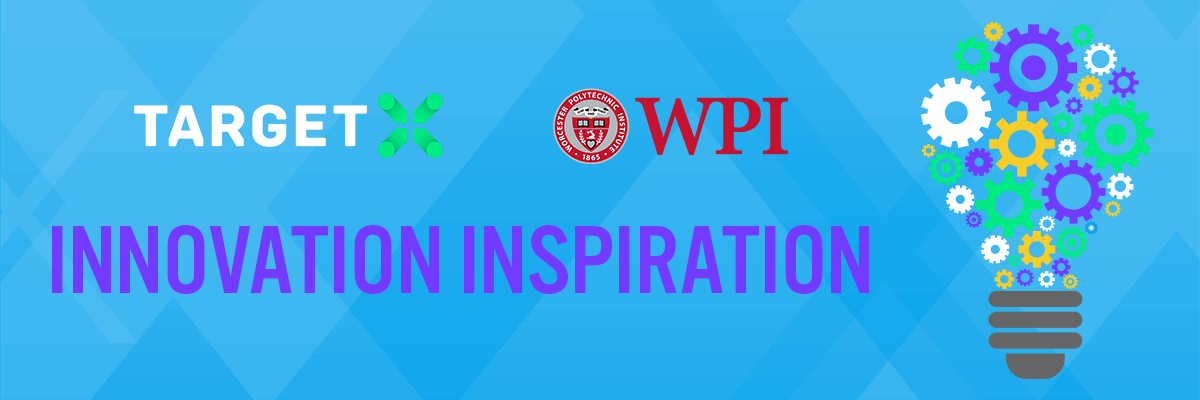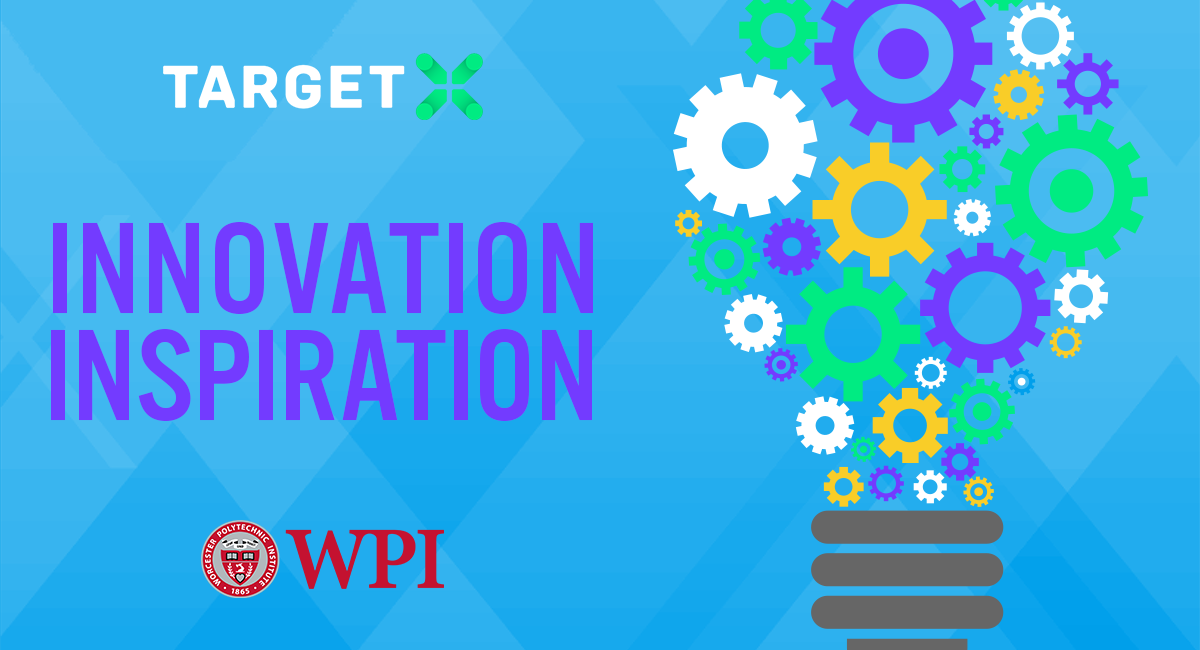This is the second installment of our “Innovation Inspiration” series (you can check out the article on Babson College here), which highlights higher ed professionals and institutions from across the country that dare to be different. We’re hoping that by putting a spotlight on these EDUpreneurs (not a typo — a phrase we use to describe higher ed entrepreneurs!), we can inspire others to transform ambition into action and delight students. After all, redesigning the student experience starts with a shift in staff mentality from “that’s the way we’ve always done it” to one that challenges the status quo, prioritizes the student, and supports innovative thinking, strategies, and technologies. If you’re interested in sharing your story with us, submit your innovation here!

Worcester Polytechnic Institute is a nationally ranked, top 100 STEM institution according to the US News and World Report. For nearly 50 years now, WPI has referred to its academic curriculum as the “WPI Plan.” Instead of being on a semester system, it’s based on a four-term system with seven weeks to a term. Students take three accelerated courses at a time, completing the entire equivalent of a semester course in less than two months. Some of the hallmarks of the WPI Plan include collaboration, project-based work, and a focus on high impact educational experiences. Many schools are gravitating toward these foundations for their curriculum now, but the unique part about WPI is that it truly pioneered the WPI Plan and set the groundwork for other institutions to build upon over five decades ago!
Aside from its curriculum, another distinguishing characteristic of WPI, that I’m sure many enrollment managers aspire to achieve, involves its positioning. Being such a prestigious STEM institution means that WPI can be more selective in the admissions process — it admits anywhere between 40 to 45% of applicants. Now, I know for many reading this article that seeing this statistic has you thinking, “I can’t relate to WPI at all. What’s the point of me reading any further if my school is struggling to hit its enrollment goals, nevermind turning away any percentage of applicants?!”
This is where my conversation with Andrew B. Palumbo, Dean of Admissions and Financial Aid at Worcester Polytechnic Institute, will shift your perspective. Palumbo acknowledges that there’s not a whole lot of incentive for institutions that are doing well despite a challenging admissions climate to rock the boat in terms of innovation. Usually, most of the innovation in enrollment, admissions, and financial aid tends to come from schools that are facing more challenges, like financial or demographic roadblocks, and are forced to take potentially riskier positions or to become early adopters of newer technology to make an impact. That’s why Palumbo has been using WPI’s position of steady enrollment success as a position of opportunity — an opportunity to disrupt the status quo.
“We’re open to trying to innovate the things that we do. I think we’re much more interested in looking to other verticals and industries to see how they do the similar types of work that we do, whether it’s recruitment, marketing, or something in between” says Palumbo.

He believes one of the biggest weaknesses across higher ed from a yield perspective is that, almost without exception, admissions and financial aid offices are using different technologies and platforms. At most, there’s one person who has a foot in both worlds that then communicates information between the two offices, and at worst, you have spreadsheets or weekly printouts. But, from a customer service perspective, when the financial aid person answers a student’s, or even a parent’s, phone call and can see the activity history of all the touchpoints that person has had with admissions, the conversation results in a much better customer service experience. On the flip side, if admissions can view financial aid data after a student has been accepted, there’s no guesswork. There’s no need to coordinate with financial aid, ask financial aid for information, or defer an inquiry to the office of financial aid.
That’s why Palumbo was committed to integrating WPI’s admissions and financial aid departments’ data into the same CRM system — the TargetX Recruitment Suite, built on the Salesforce platform. This initiative has given Worcester Polytechnic Institute a leg up on its competitors, and even higher education as an industry.
“From a student and family perspective, they’re calling WPI” says Palumbo. “They’re not calling the admissions office for WPI or the financial aid office of WPI. They’re calling their kid’s number X school, WPI, for information about admission or aid. I think our industry has done a really poor job addressing that service issue in particular; so getting both teams, at the very least, their customer service information in the same system, I think that’s a huge win.”
Palumbo continues, “I don’t necessarily see—from a customer service perspective—that Worcester Polytechnic Institute is competing with XYZ University. We’re competing with Amazon. We’re competing with the cable company. We’re competing with every other person that a student or one of their family members calls or emails to do business with. I think the best part about higher education lagging several years behind all those companies is that there are so many business cases and best practices out there for us to learn from as an industry.”
And that’s the moment I realized Andrew Palumbo is an EDUpreneur in every sense of the word. Instead of comparing WPI to “the school down the road” to come up with new ideas and implement more efficient processes, Palumbo looks to the leading companies and brands that students and their families interact with on a daily basis. This has become his guiding vision right now — combining WPI’s best practices with knowledge from industries outside of higher education in hopes of emphasizing what we can do to make the admissions process work slightly better for students, and even for institutions. Smashing the traditional funnel mentality and flipping the process to be qualitative first, and then quantitative, should be the standard in admissions, rather than an outlier.
Andrew and I had a great conversation, and I can’t wait to see what’s next for Worcester Polytechnic Institute. It’s the people like him, and the institutional cultures like WPI’s, that propel higher ed to be proactive, rather than reactive, when it comes to adopting new technologies and ideologies.
Interested in learning more EDUpreneurial tips from experienced enrollment managers in higher ed? Watch the webinar recording to help kickstart innovation on your campus today!

